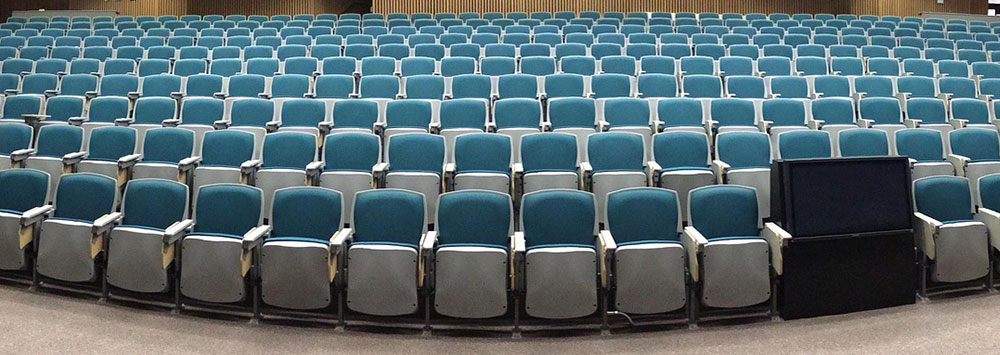This guide aims to offer advice to staff who find themselves needing to assess a large class. The challenges of assessing large classes are simply amplifications of the challenges felt for any class (Lawrence, 2022), and include (i) dealing with student questions on assessment, (ii) generating and distributing feedback to students, (iii) managing a marking workload, and (iv) managing reasonable adjustments relating to assessment. Increased numbers of students can cause problems if the workload falls on a small number of staff or is spread across many; in both cases standardisation of responses and marking consistently will be difficult (Chetwynd and Dobbyn, 2012). When considering if the advice described here is relevant to your class, it is worth noting that there is no formal definition of ‘large’ for class size, and instead staff should consider if the size of the class results in a “…workload higher than normal because of the number of students enrolled” (Wadesango, 2021). The advice builds on general good practice and links to other CIE resources are signposted where appropriate.

Assessing Large Classes by Dr Claire Ellison is licensed under a Creative Commons Attribution-NonCommercial 4.0 International License.
